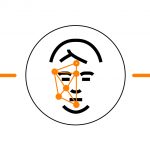
Automatic Visual Inspection
Visual Inspection plays a crucial role in quality control throughout the semiconductor manufacturing process, aiming to identify defects in products.
This process facilitates the early rejection of substandard products or the correction of defects, as well as the detection and mitigation of production process issues, resulting in time, raw material, and cost.
Typically, specialized machinery such as Scanning Electron Microscopes, X-Rays, Ultrasonics, UV, and Electron Beams are employed to acquire specific image types and reveal defects.
However, this quality control is often carried out by operators and presents opportunities for optimization.
Quality: Internal studies indicate that operators achieve only about 70% accuracy, leading to customer complaints, raw material wastage, and disruptions in production lines.
Workload: Operator time can be reduced, resulting in savings and optimizing the use of expensive visual inspection machines, ultimately enhancing throughput.
Currently, operators are sometimes assisted by image processing applications designed to detect and highlight defects. However, these applications face challenges:
- Significant development workload.
- Limited flexibility in adapting to variations in manufacturing environments, such as changes in defects’ shape or texture.
- Introducing new products often requires complete application re-implementation.
- Suboptimal performance, resulting in high over-rejection and under-rejection rates.
7 Sensing leverages its unique expertise in Machine Learning and Computer Vision to optimize defect detection and measurements through pre-trained models for classification and segmentation:
- Accuracy exceeding 99% depending on use cases.
- Optimized execution time for deployment in factories with high throughputs.
- Anomaly detection and drift detection to maintain model accuracy and robustness in the face of manufacturing process variations.
- Capability to measure product characteristics and defect size, ensuring conformity with quality requirements.


